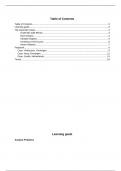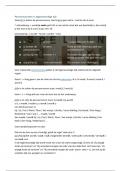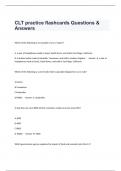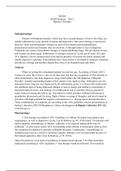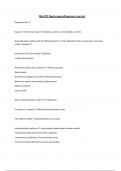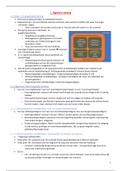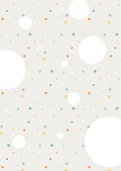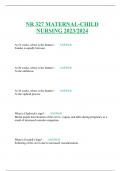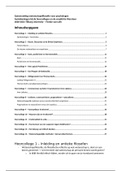Samenvatting
Summary Power of Design Exam summery + Fieldwork
- Vak
- Power of Design
- Instelling
- Rijksuniversiteit Groningen (RuG)
Learning goals worked out, the important cases and the fieldwork to Zwolle, Vinkhuizen and Norg worked out in case analytic sheet. Also the most important terms explained out of the book.
[Meer zien]
